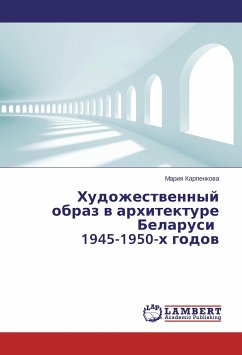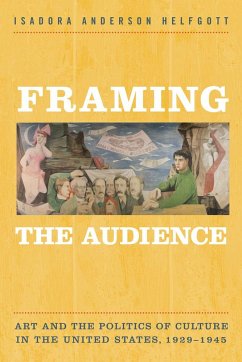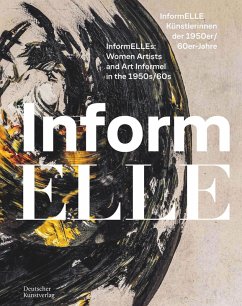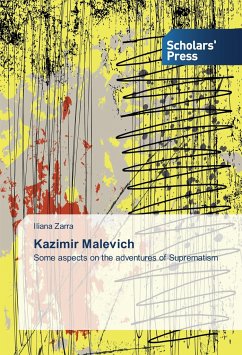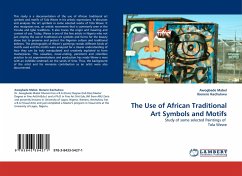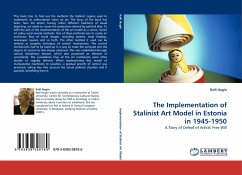
The Implementation of Stalinist Art Model in Estonia in 1945-1950
A Story of Defeat of Artists'' Free Will
Versandkostenfrei!
Versandfertig in 6-10 Tagen
39,99 €
inkl. MwSt.

PAYBACK Punkte
20 °P sammeln!
This book tries to find out the methods the Stalinist regime used to implement its authoritarian views on art. The focus of the book has been, how the artists, having rather different traditions of visual depicting, are made to create the production desired by political elite. To fulfil the aim of the implementation of the art model as a canon, Soviet art policy used several methods. One of these methods was to create an enormous flow of visual images, including posters, shop displays, newspaper layouts and so forth. The other method it used can be defined as complex technique of control mecha...
This book tries to find out the methods the Stalinist regime used to implement its authoritarian views on art. The focus of the book has been, how the artists, having rather different traditions of visual depicting, are made to create the production desired by political elite. To fulfil the aim of the implementation of the art model as a canon, Soviet art policy used several methods. One of these methods was to create an enormous flow of visual images, including posters, shop displays, newspaper layouts and so forth. The other method it used can be defined as complex technique of control mechanisms. The control mechanisms had to be build up in a way to make the surveyed and the objects of control to feel always observed. This was established through various disciplinary devices, which also possessed an element of uncertainty. The surveillance lines of the art institutions were often double or vaguely defined. When implementing this model of manipulative machinery to societies, a gradual growth of control was practiced, taking also into account the actual political situation and if possible, benefiting from it.



